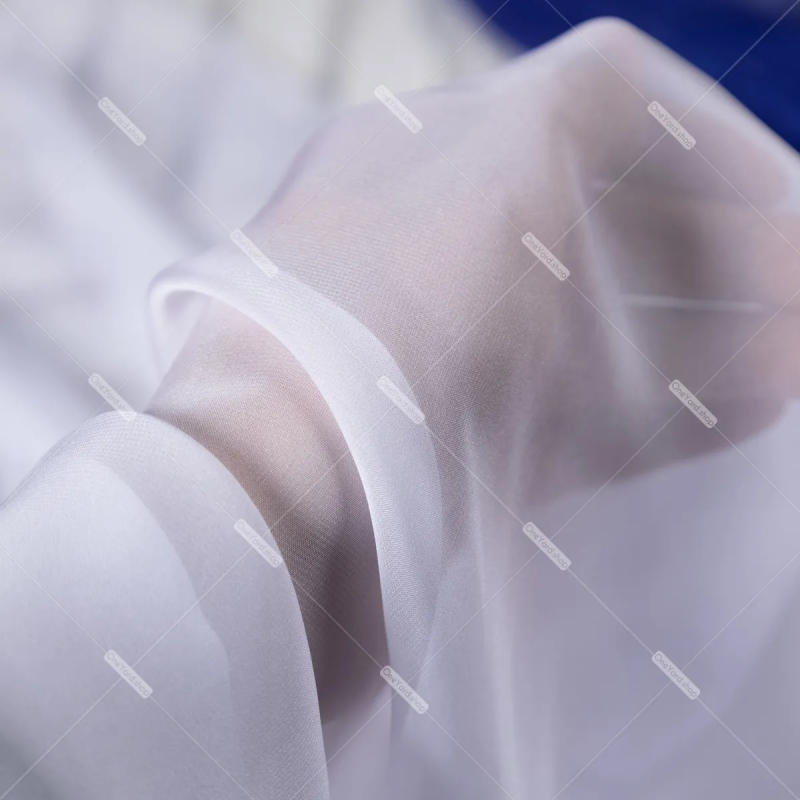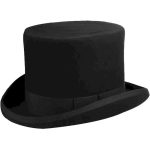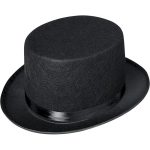The textile industry has witnessed remarkable transformations over the past few decades, giving rise to modern fabrics that are both functionally advanced and environmentally conscious. These innovations go beyond aesthetics, reshaping the way we view clothing, interior design, and even technology. From technical textiles designed for performance to sustainable materials that contribute to ecological balance, modern fabrics cater to a diverse range of applications. This article will delve deeply into various aspects of modern fabrics, exploring their properties, their impact on fashion and design, and their role in sustainability. By understanding the advancements in material science, we can appreciate the art and effort that go into creating fabrics that meet contemporary needs.
The Evolution of Fabrics Through History
To understand modern fabrics, it’s helpful to look back at the history of textiles. The journey begins thousands of years ago when early humans used natural materials like animal hides and plant fibers for clothing and shelter. Over the centuries, advancements in technology and artistry led to the creation of myriad fabrics, each with its unique properties and uses.
As civilizations advanced, so did textile production techniques. The Industrial Revolution brought mechanization into the textile industry, paving the way for mass production and the advent of synthetic fibers like nylon and polyester in the 20th century. These initial synthetic fabrics revolutionized clothing, making it more accessible and affordable. As we progressed into the 21st century, the focus shifted towards performance-driven fabrics, eco-friendliness, and smart textiles that integrate technology. Thus, modern fabrics emerged, characterized by their versatility and sustainability.
Types of Modern Fabrics
In the realm of modern fabrics, a variety of types are now commonplace, each designed to serve specific needs. Below are some categories of modern fabrics that have gained prominence in recent years.
Performance Fabrics
Performance fabrics have gained considerable attention, especially in sportswear and outdoor apparel. These fabrics are engineered to enhance comfort and functionality. They often possess moisture-wicking properties, breathability, and stretchability.
- Moisture-Wicking Fabrics: These are designed to pull moisture away from the body, keeping the wearer dry during physical activities. Fabrics such as polyester and blends with other fibers are commonly used for this purpose.
- Stretch Fabrics: Typically made from spandex or elastane blends, these fabrics provide ease of movement and comfort while maintaining their shape.
Performance fabrics are not limited to the athletic realm; they have infiltrated everyday wear, making our regular clothing just as functional.
Sustainable Fabrics
With the growing concern over climate change and plastic waste, sustainable fabrics have become a pressing focus for designers and consumers alike. Many brands have committed to using materials that have minimal environmental impact.
- Organic Cotton: Grown without synthetic pesticides or chemical fertilizers, organic cotton is one of the most popular sustainable fabrics.
- Tencel (Lyocell): Made from the pulp of eucalyptus trees, Tencel utilizes a closed-loop process that recycles water and solvents. It is biodegradable and offers a soft feel.
- Recycled Fabrics: Fabrics made from recycled materials, such as post-consumer plastic bottles, help reduce environmental waste. Brands incorporate these materials into their textiles, promoting circular fashion.
Sustainable fabrics are changing the narrative around textile production and consumer habits, paving the way for a more responsible industry.
Smart Fabrics
Smart fabrics integrate technology, expanding the capabilities of textiles beyond traditional functionality. These textiles can respond to environmental stimuli and are designed for specialized applications.
- Conductive Fabrics: These fabrics can conduct electricity, making them ideal for wearable technology like fitness trackers or medical devices.
- Phase Change Materials: Fabrics embedded with these materials can regulate temperature, adapting to the wearer’s body heat and adjusting insulation as needed.
Smart fabrics are revolutionizing industries, particularly in health, sports, and fashion, by offering novel solutions that enhance the user experience.
Non-Woven Fabrics
Non-woven fabrics are engineered by bonding fibers together without traditional weaving methods. These fabrics have become integral in various sectors due to their cost-effectiveness and versatility.
- Geotextiles: Often used in civil engineering, they help with soil erosion control and drainage solutions.
- Medical Non-Wovens: These materials are extensively used in the healthcare industry, from surgical masks to mattress covers, offering barriers to pathogens while remaining breathable.
Non-woven fabrics showcase adaptability across markets and bring innovative solutions to age-old challenges.
The Role of Technology in Modern Fabric Development
The intersection of technology and fabric development has given rise to innovations that were previously unimaginable. Advances in materials science and manufacturing processes have enabled the creation of fabrics that enhance performance, durability, and aesthetics.
Laser Technology
Laser cutting and engraving allow for precise designs on fabrics without the risk of fraying associated with traditional sewing methods. This technology provides intricate patterns and shapes, enabling designers to experiment with creativity.
3D Printing
The introduction of 3D printing in textile manufacturing has revolutionized the way clothing is produced. Customizable designs can be created quickly and efficiently, leading to less waste and more personalization. This technology also allows for complex structures that traditional fabric does not support.
Digital Printing
With digital printing, fabric designers can reproduce vibrant designs with incredible detail. This method is not only faster than traditional printing but also environmentally friendly. It reduces water usage and waste, aligning with the push for sustainable practices within the industry.
Applications of Modern Fabrics
The applications of modern fabrics are broad and diverse, impacting various fields including fashion, healthcare, automotive, and environmental sciences.
Fashion and Apparel
In the fashion industry, modern fabrics enable designers to create innovative apparel that stands out in aesthetics and functionality. Activewear made from moisture-wicking fabrics allows athletes to perform better while staying comfortable. Sustainable fabrics are making their mark among conscious consumers who prioritize eco-friendly options.
Interior Design
Modern fabrics have also transformed interior design. From upholstery to curtains, designers are using performance fabrics that resist stains and wear. Sustainable options are increasingly popular, allowing consumers to furnish their homes responsibly.
Healthcare Textiles
In healthcare, modern fabrics are vital for developing advanced medical textiles. For example, antimicrobial fabrics can reduce the risk of infections in hospitals. Smart fabrics integrated with sensors can monitor patients’ vital signs, providing real-time data to healthcare providers.
Automotive Industry
In the automotive sector, manufacturers utilize advanced textiles to enhance vehicle interiors. Performance fabrics that are resistant to wear and moisture help maintain a car’s aesthetic while providing comfort to passengers. Moreover, textiles with soundproofing properties contribute to a quieter ride.
The Future of Modern Fabrics
As we look into the future, the fabric industry is poised for continued evolution. The integration of new technologies, increased consumer awareness regarding sustainability, and the demand for multifunctional textiles will shape the development of modern fabrics.
Sustainable Innovations
The future will see further innovations in sustainable fabrics. This includes the use of bio-fabrication methods, where living organisms are used to produce textiles. Bioengineered fabrics could revolutionize how we source materials, potentially reducing our reliance on traditional agricultural methods.
Smart and Functionality-Driven Fabrics
With the ongoing rise of wearable technology, smart fabrics will likely become more advanced. Expect to see more garments that monitor health metrics or adapt to environments, further blurring the line between clothing and technology.
Enhanced Durability and Maintenance
As the demand for longer-lasting fabrics grows, manufacturers are focusing on creating textiles that are not only durable but also easier to maintain. Stain-resistant, self-cleaning fabrics could become commonplace in both personal clothing and home textiles.
Conclusion
The world of modern fabrics encompasses a rich tapestry of innovation, sustainability, and technology. As we have explored, the journey through different fabric types, advancements in materials science, and diverse applications highlights the fabric industry’s dynamic nature. From enhancing athletic performance to revolutionizing healthcare and interior design, modern fabrics are woven into the fabric of our daily lives. As our awareness of sustainability and the impact of textiles on the environment grows, so too does the need for responsible choices in fabric production. Looking ahead, we can expect further innovations that continue to blur the boundaries between art, function, and responsibility in the textile world, ensuring that modern fabrics will remain at the forefront of design and technology for generations to come.

